In the heart of Micronesia lies a site of profound historical significance – Aslito Airfield. Today, where the Saipan International Airport stands, once stood the pioneering Aslito Airfield, the first operational airbase in Micronesia.
In the early 1930s, amidst the lush landscapes of Saipan, the Japanese Imperial Navy embarked on a mission of strategic significance. Tasked with establishing a forward operating base in the Western Pacific, the Navy turned its attention to the fertile sugarcane fields of Saipan. Under the cloak of secrecy, 245 acres of farmland were covertly converted into Aslito Airfield, marking the birth of a pivotal aviation hub.
In July 1933, amidst escalating tensions on the global stage, Aslito Airfield witnessed its inaugural flight—a milestone event that underscored its strategic importance in the region. 10 Mitsubishi B2M1 carrier attack bombers took to the skies, flying from Tateyama, to Saipan, then to Pagan, heralding the airfield’s operational debut and laying the foundation for its storied legacy.
Following the military exercise, the airfields were abandoned only to be revived in 1937 for a planned L-shaped airfield and the need for 1,960 acres more of farmland the NKK obligingly surrendered.
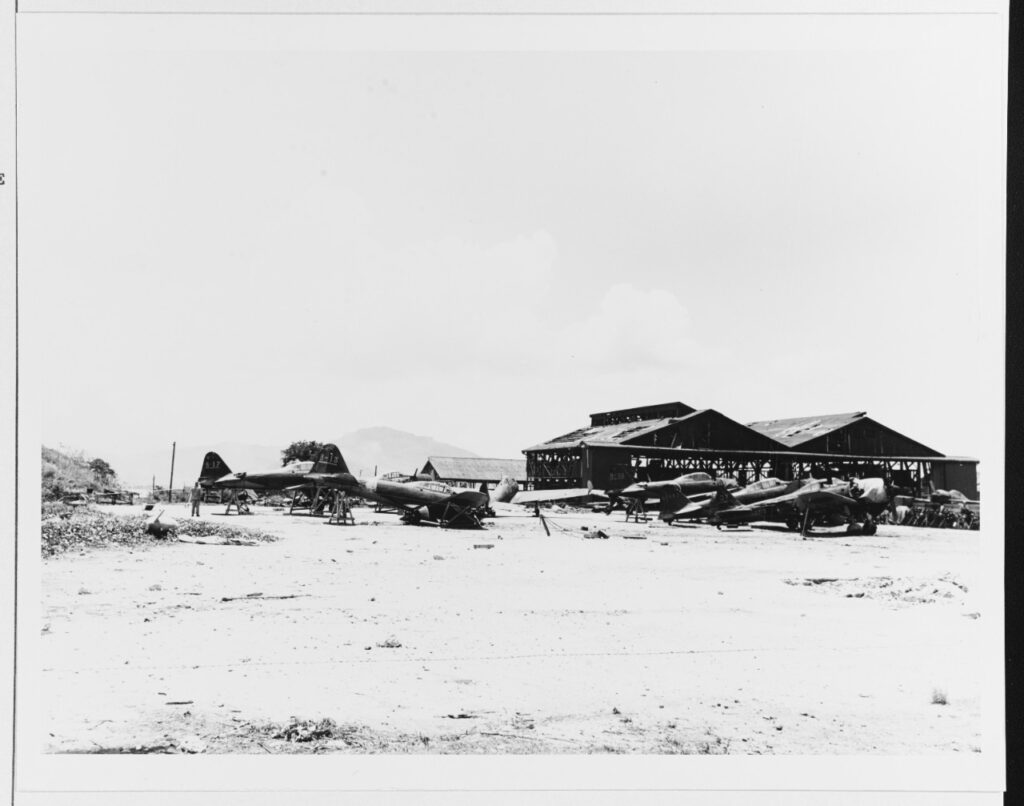
Role in World War II
As conflict engulfed the Pacific theater during World War II, Aslito Airfield assumed a central role in military operations. Its strategic location and expansive facilities made it a linchpin of Japanese military strategy in the region. However, the tides of war would soon shift, and Aslito found itself at the forefront of history once more. With the American invasion of Saipan in June 1944, the airfield passed into new hands, signaling a seismic shift in the region’s power dynamics. Renamed Conroy Field and later Isely Field in honor of fallen heroes, the airfield bore witness to the ebb and flow of conflict.
Post-War Transformation
In the post-war era, Isely Field underwent a remarkable transformation, evolving from a military outpost into a symbol of progress and modernity. With the closure of Isely Field in 1949, the stage was set for a new chapter in Saipan’s aviation history.
On December 15, 1975, the first commercial aircraft touched down on what would become the Saipan International Airport—a testament to the enduring legacy of Aslito’s pioneering spirit. From its humble origins amidst sugarcane fields to its modern incarnation as a bustling hub of international travel, the evolution of Aslito Airfields stands as a testament to the resilience of the human spirit and the enduring march of progress in the Western Pacific.



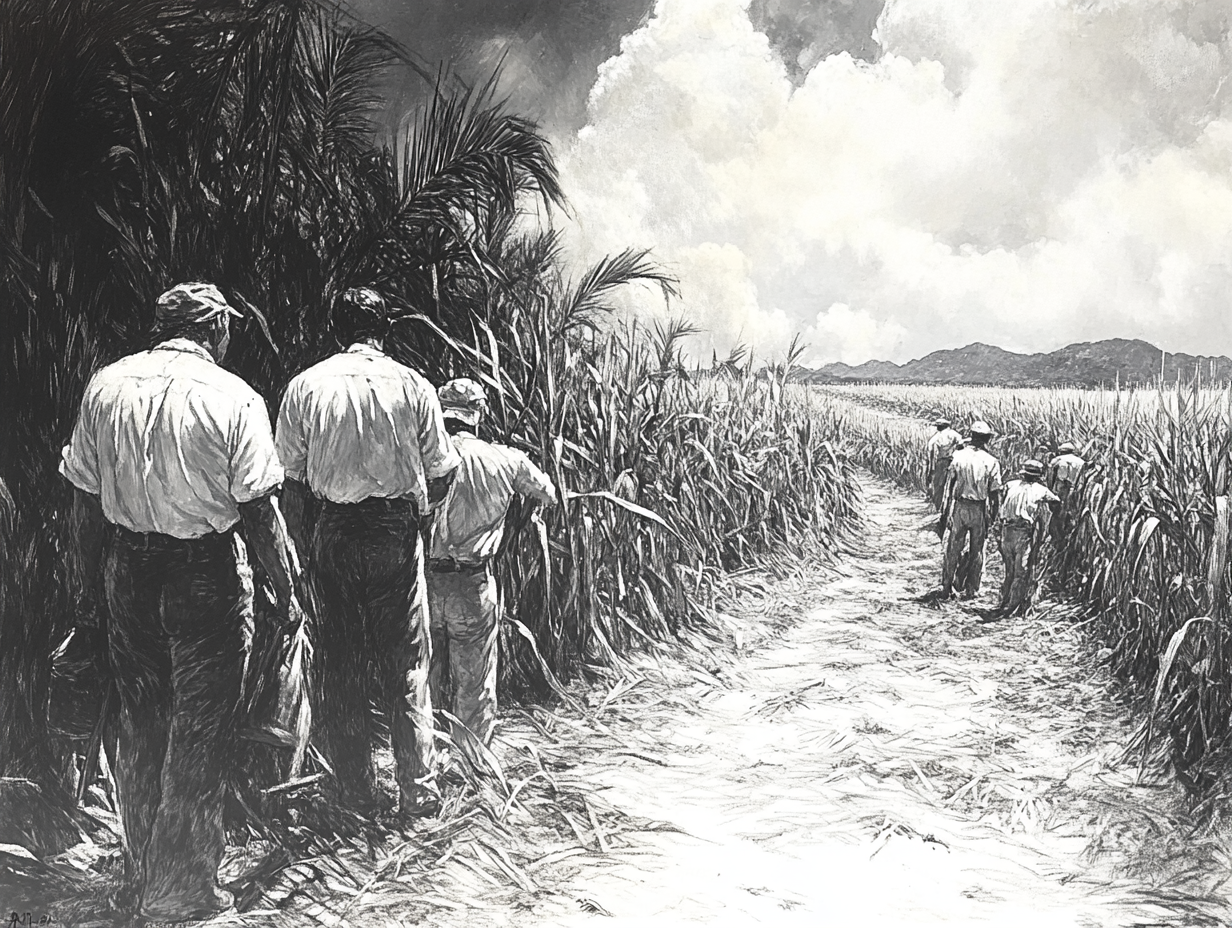
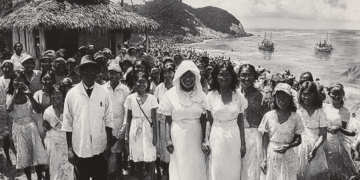
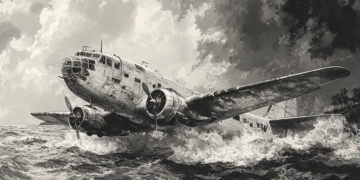


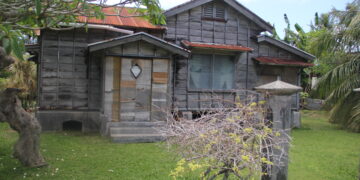




Discussion about this post